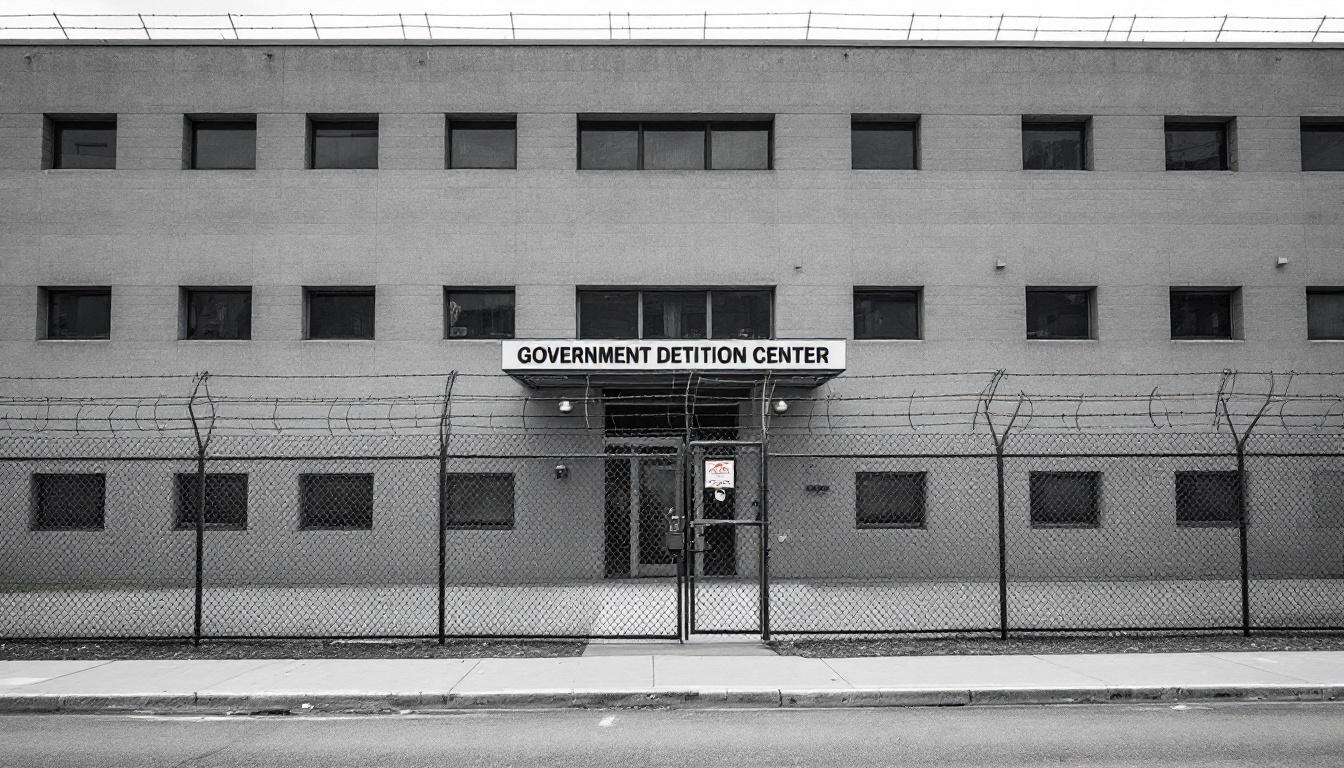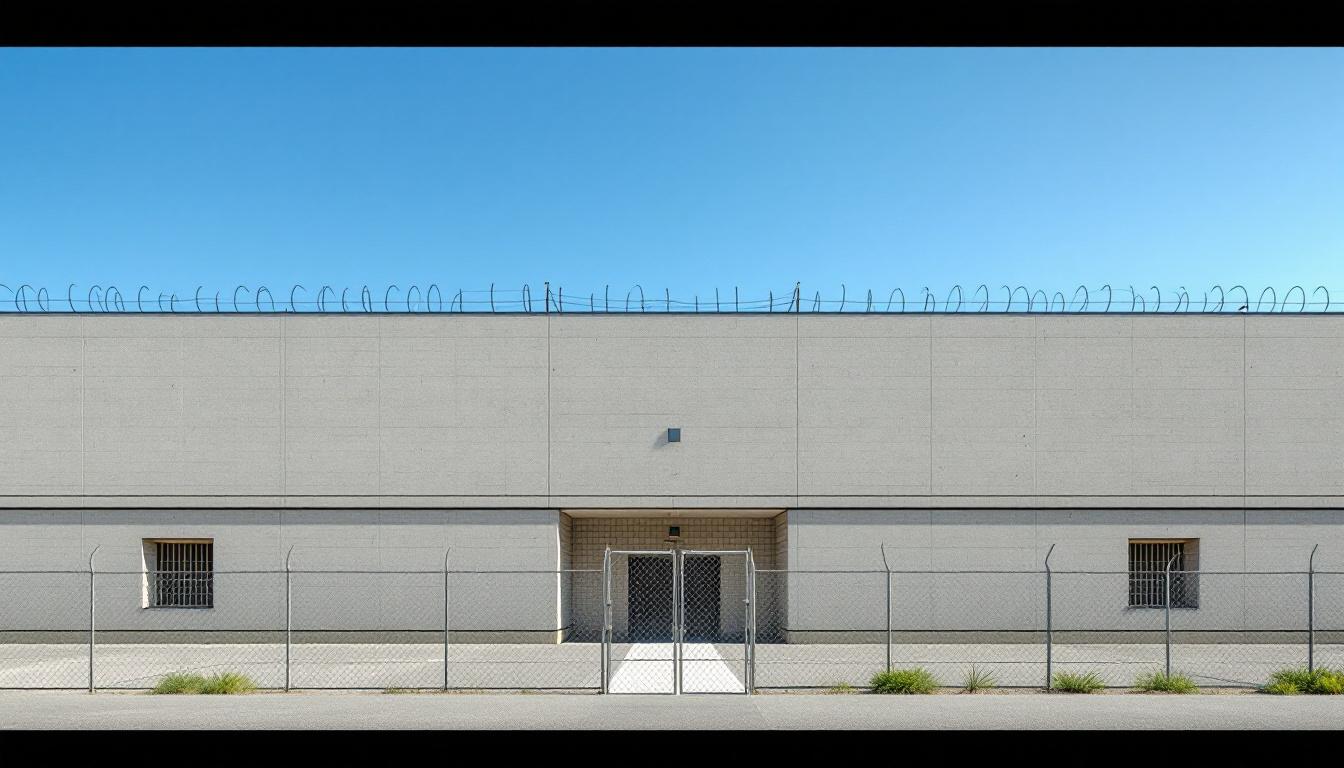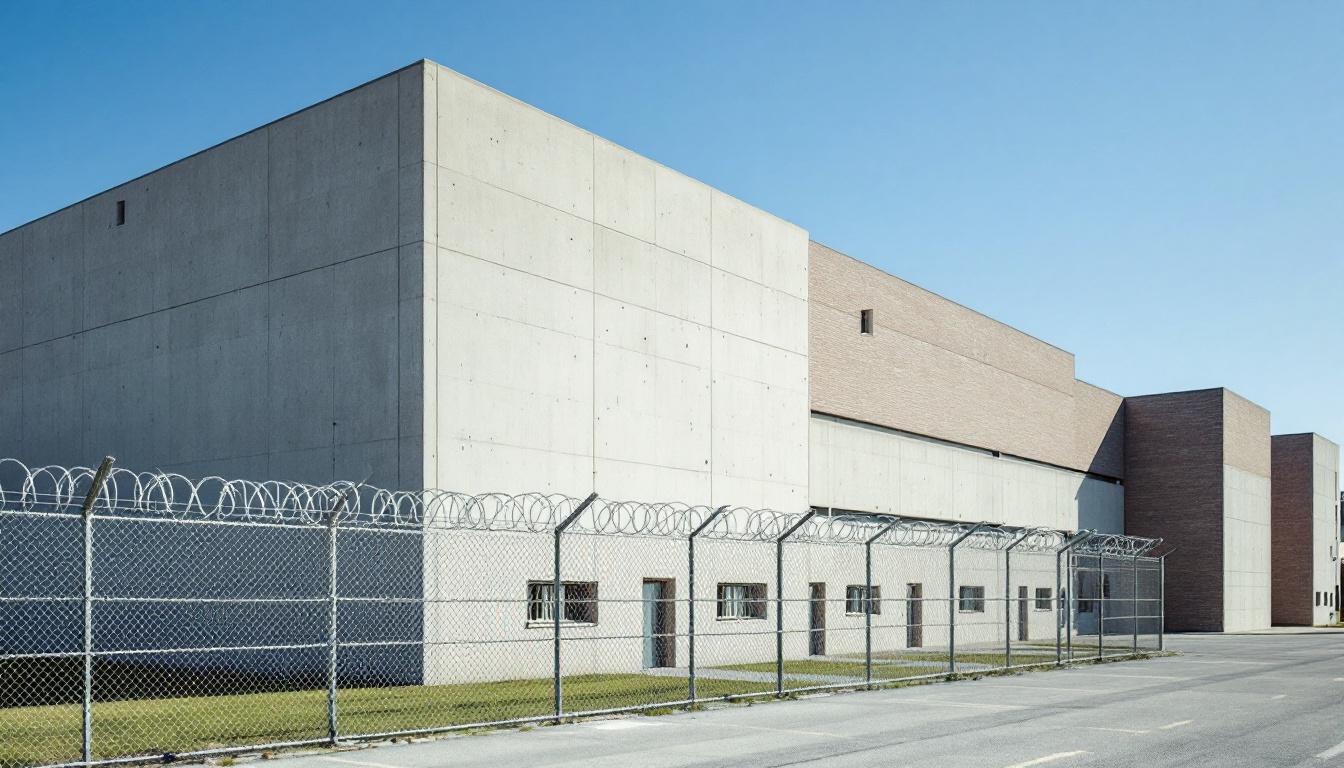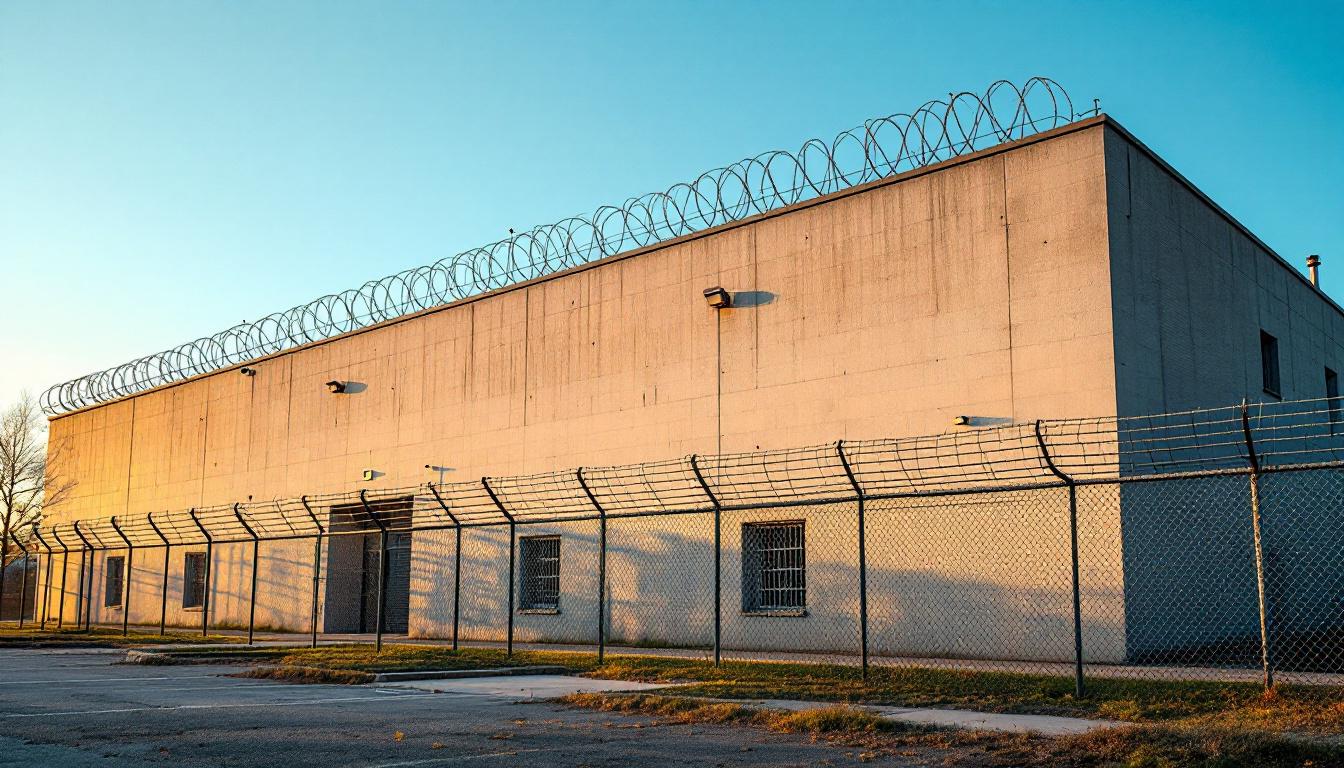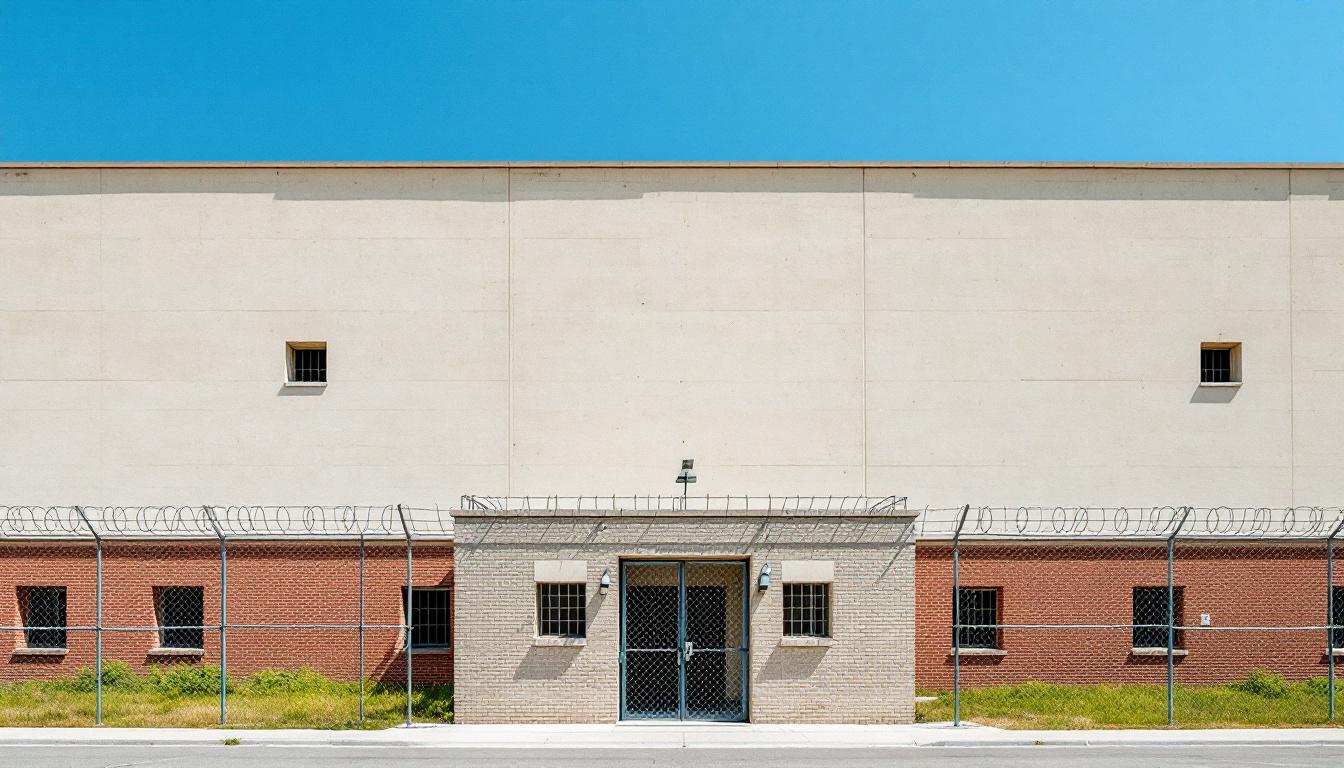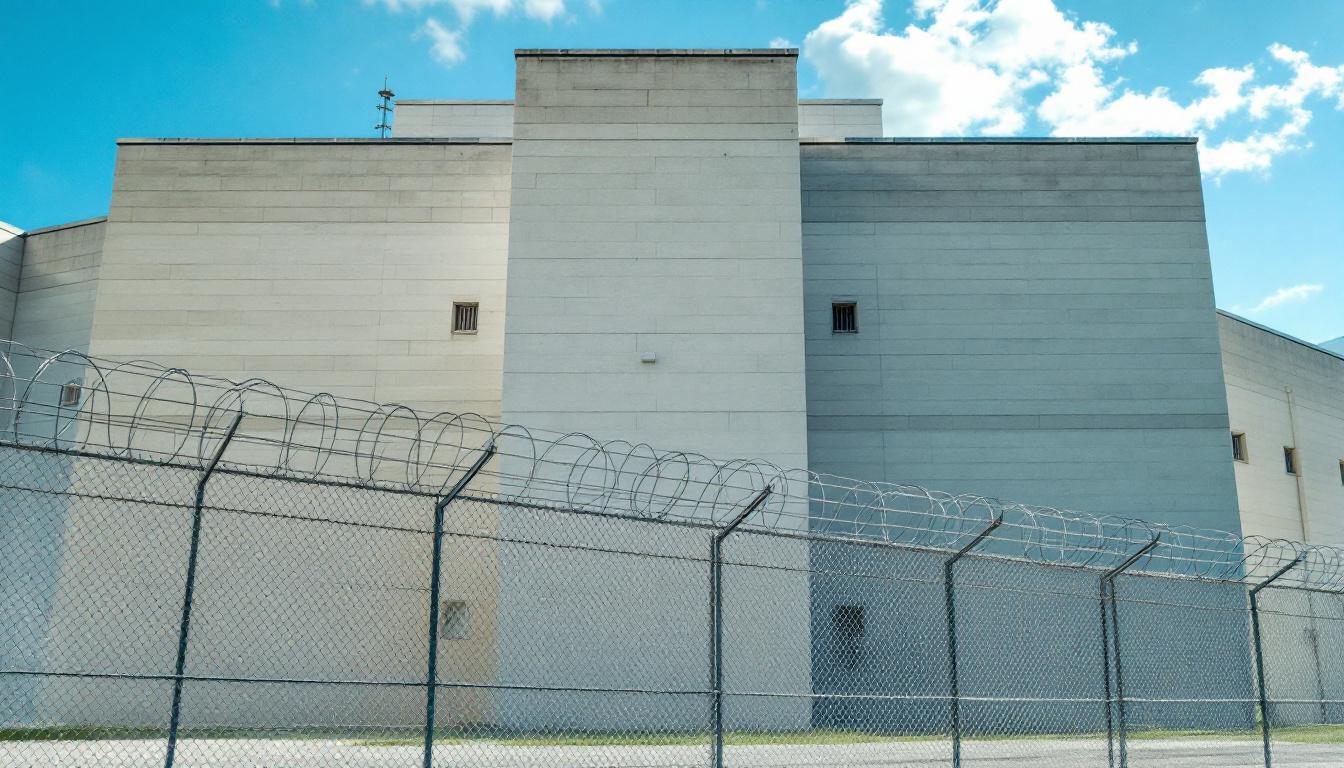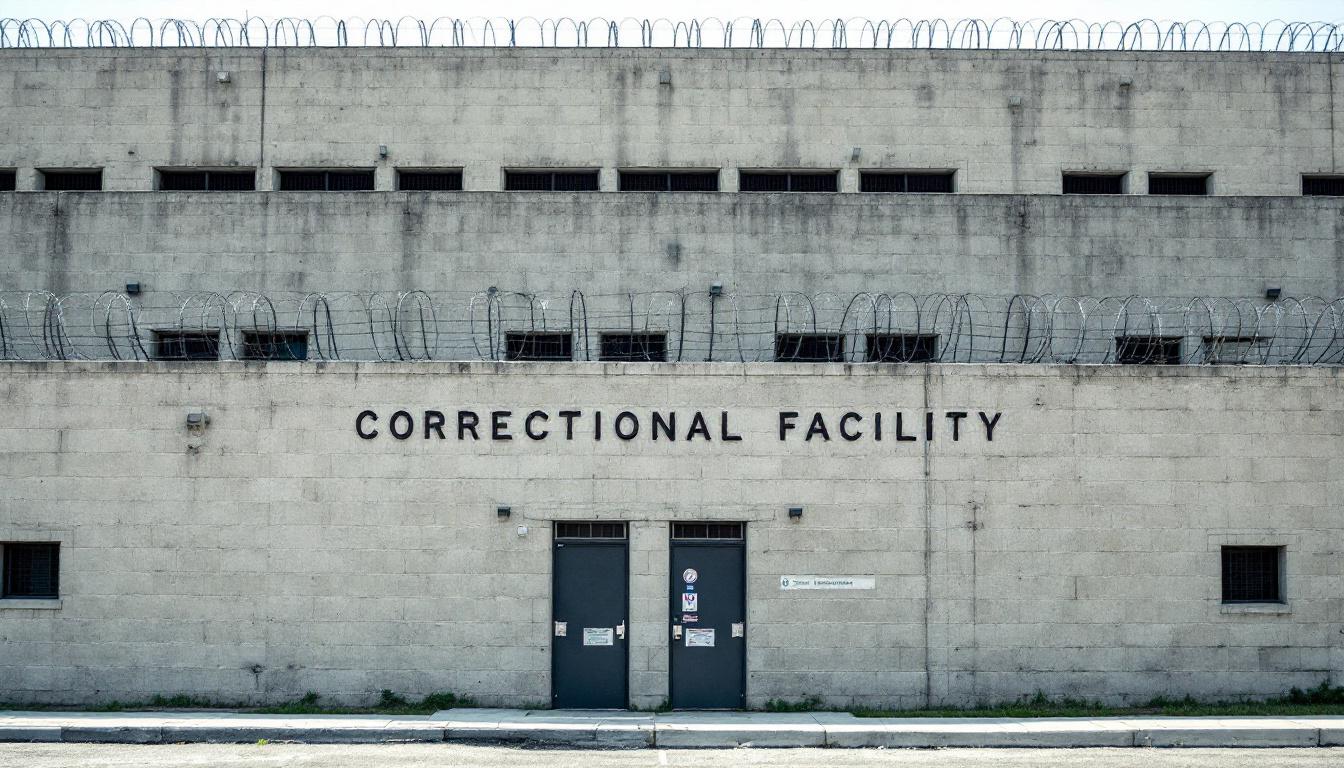
Quick Navigation
How to contact an inmate at Twin Falls Community Reentry Center (TFCRC)
This comprehensive guide will walk you through how to connect with an inmate at Twin Falls Community Reentry Center (TFCRC). Follow the steps below to find an inmate and send letters and photos:
- Search for the inmate using our search tool below
- Create your account or log in to Penmate
- Write your message (up to 6,000 characters)
- Send instantly - inmates receive printed copies daily
Find an Inmate
Search for an inmate to start communicating today
Tip: You can search by first name, last name, or inmate ID number
To contact a person at Twin Falls Community Reentry Center (TFCRC) start by searching for the person on the official facility website. Perform a search by following these steps:
- Step 1: Enter their first name and last name into the search form and click "Search"
- Step 2: Locate their inmate record
- Step 3: Write down their Inmate ID and any housing information provided
Important! Be sure to enter the person's full name. Nicknames should not be used.
How to Send Messages to Inmates

You can use your phone or computer to send emails, letters, and photos to an inmate. Messages are sent electronically to inmate tablets or kiosks at the facility. If you would like to send a message, start by searching for an inmate at Twin Falls Community Reentry Center (TFCRC).
Sending Photos and Postcards

A great way to send love and support to a loved one at Twin Falls Community Reentry Center (TFCRC) is to send photos and postcards. It only takes a few minutes to send photos from your phone and it makes a huge difference. You can also mail postcards with words of support and inspiration, or design your own postcard for special moments like birthdays and holidays.
Important! Be sure not to send any explicit photos or they may not be approved by the facility. You can also use a photo printing app like Penmate to make sure your photos are printed at the correct size (4x6 or 3x5) and are mailed according to the rules and regulations of Twin Falls Community Reentry Center (TFCRC).
Frequently asked questions about Twin Falls Community Reentry Center (TFCRC)
-
How long does it take to deliver a message?
If you're sending an email message your letter is usually delivered within 24-48 hours. For messages sent via mail you should expect delivery within 3-7 days. All messages will need be approved by Twin Falls Community Reentry Center (TFCRC).
-
How much does it cost to send a message to Twin Falls Community Reentry Center (TFCRC)?
You can send a message free using your phone or mail a message via USPS for the price of a $0.60 stamp and envelope. You can also purchase credits or e-stamps from services starting at $1.99.
-
What services can I use to contact an inmate at Twin Falls Community Reentry Center (TFCRC)?
Penmate
You can use Penmate to send letters and photos to an inmate from your phone. It's an easy way to stay in touch during your loved one's incarceration. Use the inmate locator to find an inmate's location and contact information, then you can send messages within a few minutes.
Securus messaging
Securus may be another option for communicating with an inmate at Twin Falls Community Reentry Center (TFCRC). You can create a friends and family account and purchase credits to send messages. All messages will be reviewed and must be approved by the facility.
JPay
Some county jails and state prisons may support sending messages with JPay. You must register an account with the system, find your loved one, and purchase stamps to send messages. For some locations you can also attach photos.
Smart Jail Mail
You may also check if Smart Jail Mail is available at Twin Falls Community Reentry Center (TFCRC). Smart Jail Mail is operated by Smart Communications and has contracted with some state and county jails. After purchasing credits, your messages and photos are sent to the facility, printed out, and then handed out to your loved one.
-
What is the mailing address of Twin Falls Community Reentry Center (TFCRC)?
Mailing address:
Twin Falls Community Reentry Center (TFCRC)
616 Washington St S
Twin Falls, ID 83301
Phone: (208) 644-7900Business hours:
- Monday: Closed
- Tuesday: Closed
- Wednesday: Closed
- Thursday: Closed
- Friday: Closed
- Saturday: 11:15 AM – 2:45 PM
- Sunday: 11:45 AM – 2:45 PM
-
What are the visiting hours at Twin Falls Community Reentry Center (TFCRC)?
Visiting hours at Twin Falls Community Reentry Center (TFCRC) vary by housing unit and security level. Generally, visits are scheduled on weekends and holidays, with some facilities offering weekday visits. Contact the facility directly at (208) 644-7900 or check their website for the current visiting schedule. Visits typically last 30-60 minutes and must be scheduled in advance.
-
What items are prohibited when sending mail to Twin Falls Community Reentry Center (TFCRC)?
Prohibited items typically include: cash, personal checks, stamps, stickers, glitter, glue, tape, staples, paperclips, polaroid photos, musical or blank greeting cards, hardcover books, magazines with staples, and any items containing metal or electronics. Only send letters on plain white paper with blue or black ink. Photos must be printed on regular photo paper (no Polaroids). Always check with Twin Falls Community Reentry Center (TFCRC) for their specific mail policies.
-
How do I send money to an inmate at Twin Falls Community Reentry Center (TFCRC)?
You can send money to an inmate at Twin Falls Community Reentry Center (TFCRC) through several methods: 1) Online using JPay, Access Corrections, or the facility's approved vendor, 2) Money orders mailed directly to the facility with the inmate's name and ID number, 3) Kiosks located in the facility lobby, or 4) Over the phone using a credit or debit card. Fees vary by method, typically ranging from $2.95 to $11.95 per transaction.
-
Can I schedule a video visit with an inmate at Twin Falls Community Reentry Center (TFCRC)?
Many facilities now offer video visitation as an alternative to in-person visits. At Twin Falls Community Reentry Center (TFCRC), video visits may be available through services like Penmate, Securus Video Connect, GTL, or ICSolutions. Video visits typically cost $10-20 for 20-30 minutes and must be scheduled in advance. You'll need a computer or smartphone with a camera and reliable internet connection. Contact the facility for their specific video visitation policies and approved vendors.
-
What identification do I need to visit an inmate at Twin Falls Community Reentry Center (TFCRC)?
All visitors must present valid government-issued photo identification such as a driver's license, state ID, passport, or military ID. Minors must be accompanied by a parent or legal guardian who can provide the minor's birth certificate. Some facilities require visitors to be on the inmate's approved visitation list, which may require a background check. Contact Twin Falls Community Reentry Center (TFCRC) for specific ID requirements and visitor approval procedures.
-
How can I find out an inmate's release date?
To find an inmate's release date at Twin Falls Community Reentry Center (TFCRC), you can: 1) Use the online inmate search tool if available, 2) Call the facility's records department, 3) Contact the inmate's case manager or counselor, or 4) Have the inmate provide this information during a call or visit. For privacy reasons, some facilities only release this information to immediate family members.
Facility Overview
Contact Information
Twin Falls Community Reentry Center (TFCRC)616 Washington St S
Twin Falls, ID 83301
Phone: (208) 644-7900
Official Website
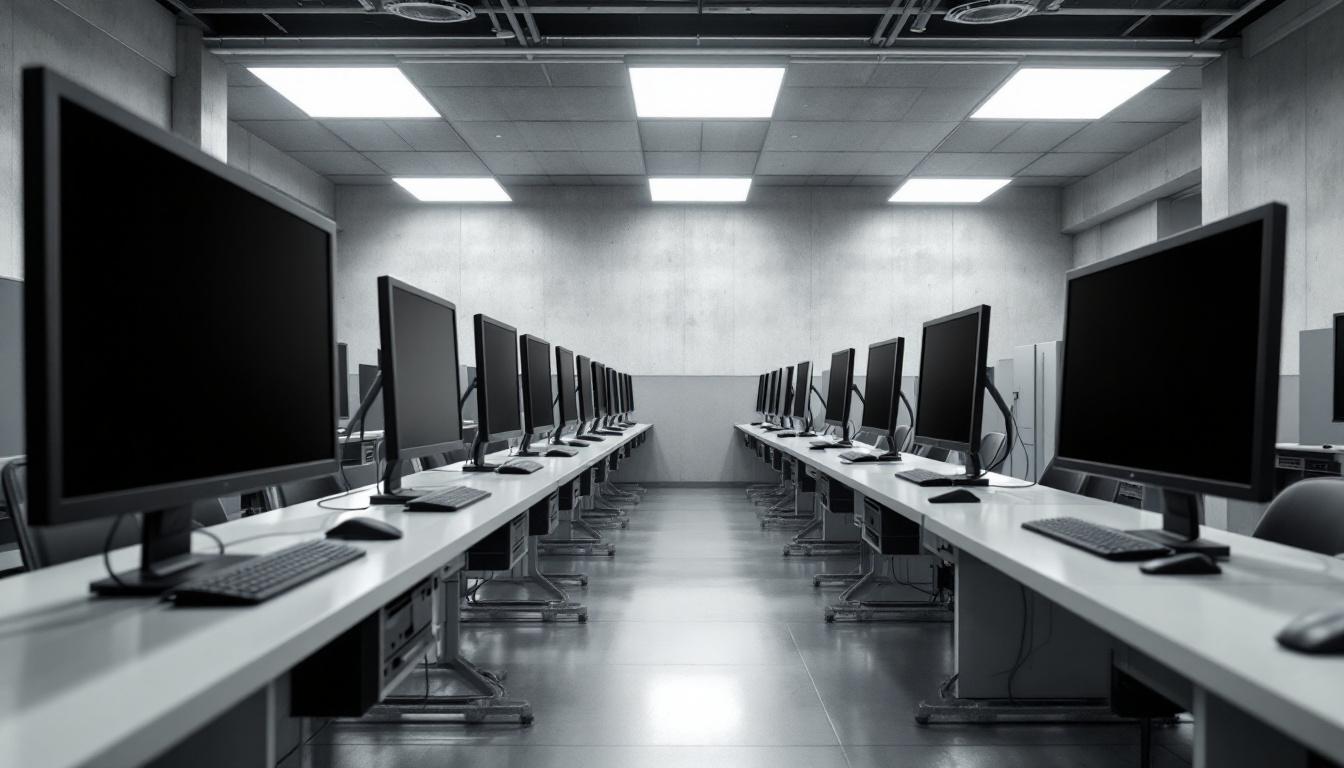
About Twin Falls Community Reentry Center (TFCRC)
Nestled within the high desert landscape of south-central Idaho, Twin Falls serves as home to a community re-entry facility that operates as a critical bridge between incarceration and successful community integration. The Twin Falls Community Re-entry Center, ID functions through a structured process that typically begins with careful assessment of each resident's individual needs, followed by the systematic development of skills and support systems necessary for sustainable reintegration. This ID correctional facility emphasizes a methodical approach to rehabilitation, where residents services may include educational programming, vocational training opportunities, and counseling support designed to address the underlying factors that often contribute to criminal behavior.
The facility's operational philosophy centers on the gradual transition process, recognizing that successful reentry requires more than simply completing a sentence. Through various programming phases, residents generally participate in activities that may include job readiness training, substance abuse counseling, and community service opportunities that help rebuild connections with the broader Twin Falls community. The center typically collaborates with local employers, educational institutions, and social service organizations to create pathways for residents to establish stable housing, employment, and ongoing support networks. This correctional facility operates within Idaho's broader correctional framework, serving as an essential component in the state's approach to reducing recidivism through comprehensive rehabilitation efforts that extend beyond traditional incarceration models.
Programs & Services
Comprehensive skill development forms the foundation of rehabilitation initiatives at Twin Falls Community Re-entry Center, where residents engage in structured learning opportunities designed to address educational gaps and build practical competencies. The facility's approach emphasizes progressive skill-building that prepares individuals for successful community integration. These initiatives typically focus on addressing educational deficiencies while simultaneously developing job-ready skills that align with local employment opportunities.
Educational initiatives may deliver structured academic programming that helps residents complete their high school equivalency through GED preparation courses. These programs often include basic literacy and numeracy instruction, computer skills training, and critical thinking development. Furthermore, vocational training initiatives typically provide hands-on learning in various trade areas, allowing residents to develop marketable skills in fields such as construction, food service, or maintenance. The vocational components often include both classroom instruction and practical application, giving residents experience with industry-standard tools and procedures.
Support services complement the educational and vocational components through comprehensive work programs that may offer on-site employment opportunities within the facility. These work initiatives typically include maintenance duties, kitchen operations, and administrative support roles that help residents develop workplace habits and professional skills. Furthermore, job placement assistance initiatives often provide resume development, interview preparation, and connections with local employers who may offer opportunities for individuals transitioning back into the community. These support services typically include ongoing mentorship and follow-up assistance to help ensure successful employment retention after release.
Daily Life & Visitation
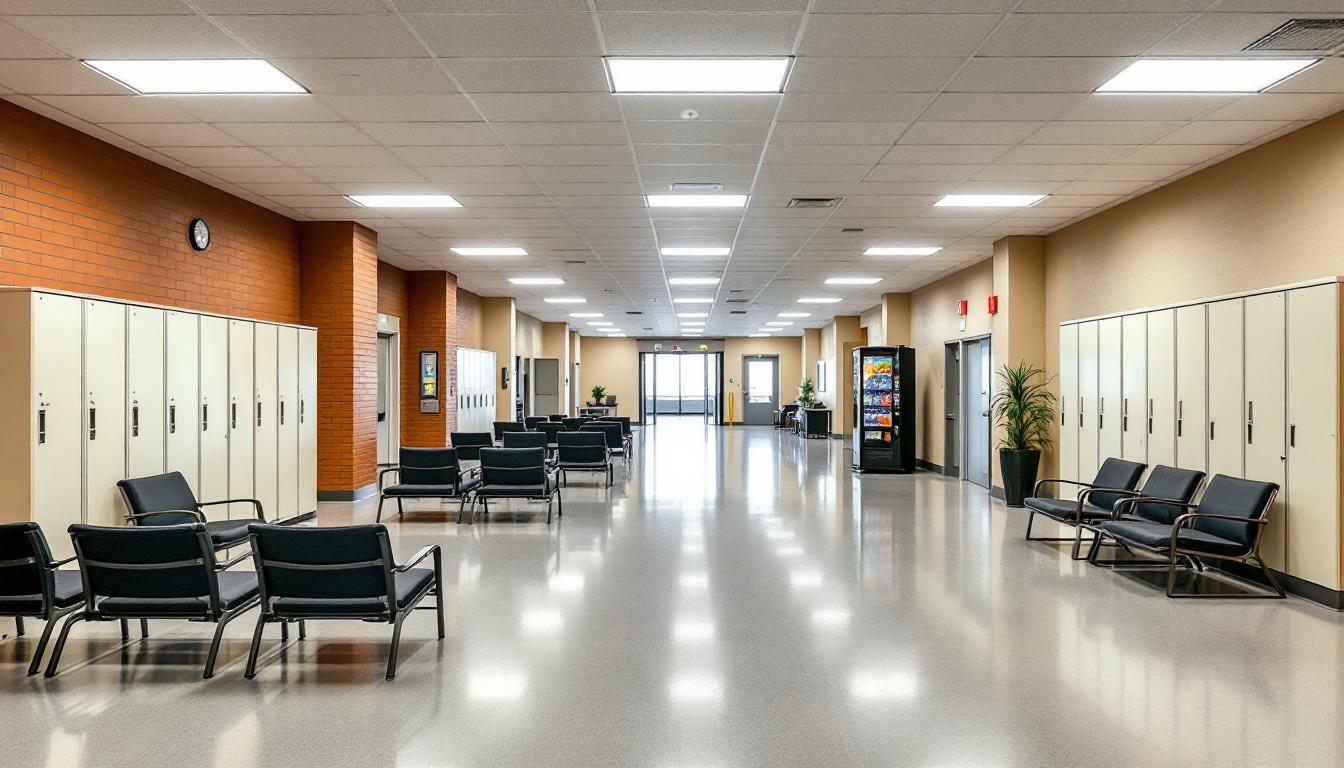
The rhythm of structured wake-up calls, scheduled meals, and designated program times creates a foundation that residents can depend on each day. Today begins with morning routines that typically include personal hygiene, room preparation, and breakfast service. This consistent framework helps residents establish healthy patterns while transitioning back into community life. The predictable schedule generally includes work assignments, educational programming, and recreational periods that deliver stability during what can be an uncertain time.
Furthermore, living accommodations at the facility typically feature dormitory-style housing units where residents share common areas and dining spaces. Meals are usually served at designated times in a communal dining area, providing opportunities for social interaction while maintaining order. The housing environment generally emphasizes personal responsibility, with residents expected to maintain their living spaces and follow established guidelines. Personal property policies usually allow residents to keep approved items, and commissary services may be available for purchasing additional necessities and approved comfort items.
Although the structured environment maintains necessary security protocols, residents typically have access to recreational activities such as television viewing, reading materials, and exercise opportunities. Programming schedules often include educational classes, life skills training, and counseling sessions designed to support successful reintegration. Visitation policies generally allow family members and approved visitors to maintain contact, while telephone privileges usually provide additional communication options. Work assignments within the facility typically include kitchen duties, maintenance tasks, and cleaning responsibilities that help residents develop job skills while contributing to the facility's daily operations.
Ready to Connect?
Start communicating with your loved one today
Search for an Inmate

